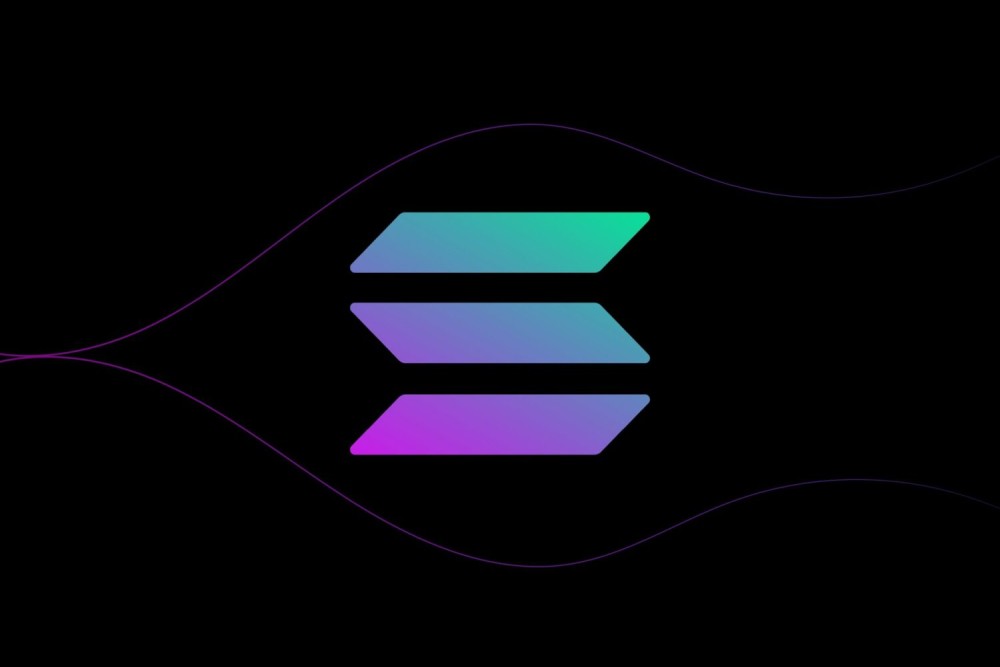Solana is a blockchain network built to power fast, efficient, and scalable decentralized applications (dApps). Solana was built to solve the major problems that other blockchain networks cannot solve, including speed and affordable transaction fees. This has been evident since its launch, as many crypto projects are now live on the network.
This article will serve as a beginner guide to understanding Solana, how it works, and how to get started with it. We’ll also take you around some dApps on Solana and the services they offer.
A Brief History
Solana was launched in March 2020 by Solana Labs, a Corporation formed by Anatoly Yakovenko and Raj Gakol in 2018. It was named after a small Californian city. Just like Ethereum, Solana has a traditional token named after it, Solana. As of January 2024, the Solana coin (SOL) ranks Fifth in the list of largest cryptocurrencies by market cap.
Since the introduction of cryptocurrency with Bitcoin in 2009, the network has used Proof-of-Work as a means of ordering blocks on the chain. However, this method of verifying transactions can become slow and expensive, especially during periods of peak user demand. Additionally, the process consumes too much energy on the part of the miners who validate block formation.
Ethereum, when invented, used proof-of-work until September 15th, 2022, when they made the switch to using proof-of-stake to determine when the next transaction block will be created. In this system, staked tokens are held as collateral by the blockchain until validators determine the next block. This reduces energy consumption and also speeds up transactions.
To speed up and increase the number of transactions each second, Solana adopted the proof-of-history alongside proof-of-stake as a new system to process transactions. Proof-of-History uses time stamps to determine new blocks in the Solana chain. This makes it possible for the Solana chain to theoretically process about 50,000 transactions per second
However, between 2021/2022, amidst the bearish crypto market, the network faced severe network performance issues caused by multiple bot transactions, which halted the network for many hours. Also, Due to their partnership with FTX that ended after the FTX crash in 2022, the network dealt with many challenges that also affected the price of SOL.
Despite all these difficulties, Solana Labs has kept the network alive, with many projects still building in the network and many features launched regularly. This survival has increased investor’s and traders’ trust in Solana.
Meanwhile, one of Solana Labs’ latest inventions is the Solana mobile device known as Saga. Saga is a premium hardware built to power web3 and access dApps seamlessly. While it has other features of a mobile device, Saga makes it easier for anyone to process decentralized transactions faster and easily using the device without having to open any browser extension.
How to Get Started on Solana
Solana network also offers a user-friendly interface for beginners to get started trading on the network. The Phantom Wallet, which is most recommended for Solana, makes it easier to access amazing Solana features.
Below are the steps needed to get started with Solana:
- Download and Install Phantom Wallet or Solflare
- Create a wallet address and securely store your 12/24 letters seed phrase
- Purchase the Solana token on any exchange of your choice
- Copy your Phantom Wallet address
- Transfer the purchased SOL to the copied wallet address via Solana Network.
Top Solana dApps
There are lots of dApps built on Solana, and they offer various functionalities that are essential to enjoying the network experience. Some of these are:
- Jupiter:
Jupiter on Solana is used for swapping between tokens, aggregating liquidity from decentralized exchanges, and pools from across the network. Jupiter also offers various functionalities like perpetual and limit orders for strategic trading. It also has a bridge to transfer assets from Ethereum to Solana. - Solend:
This is a dApp used for lending and borrowing on Solana. With Solend, you can deposit SOL, earn interest, borrow SOL, and other tokens at market-friendly rates. - Orca:
Orca on Solana is a DEX designed with a user-friendly interface for trading on the network. It offers affordable, fast transactions. Orca has a Fair Price Indicator, which helps detect the current and best market price for each asset. - Raydium:
Raydium on Solana offers Automated Market Making (AMM). It allows users to trade tokens easily and at minimal trading fees. Raydium offers many DeFi features, including liquidity pools and yield farming opportunities. - Marinade Finance:
Marinade Finance as a dApp on Solana, is mainly used for staking SOL. Staking on Marinade Finance brings regular SOL rewards. Marinade Finance also has its native token known as MNDE, which is also distributed to stakers.
Solana or Ethereum?
Since the launch of Solana, there has been a debate on which is better to invest in. Although Solana was introduced five years after Ethereum, many investors prefer to use Solana, while others prefer Ethereum. There are many similarities between the networks, but there are still significant differences between Ethereum and Solana.
The Solana network has a very easy-to-use interface and experience, making it easier for new crypto investors. On the other hand, Ethereum has a complicated user experience that only crypto experts can easily navigate through.
Ethereum transactions are naturally fast due to the proof-of-stake mode of block formation. On the other hand, Solana transactions are faster and cheaper because they combine proof-of-history and proof-of-stake as a means to process blocks.
Both networks allow the development of different dApps that serve different purposes in the adoption of blockchain and cryptocurrency as a means of transaction.
Ethereum and Solana are currently the most widely used networks for decentralized applications. Each crypto user’s decision to use any network should be influenced by the role they’re playing in the crypto industry as traders, investors, or developers.
Find Cryptocurrencies to Watch and Read Crypto News on the Go Follow CryptosToWatch on X (Twitter) Now

